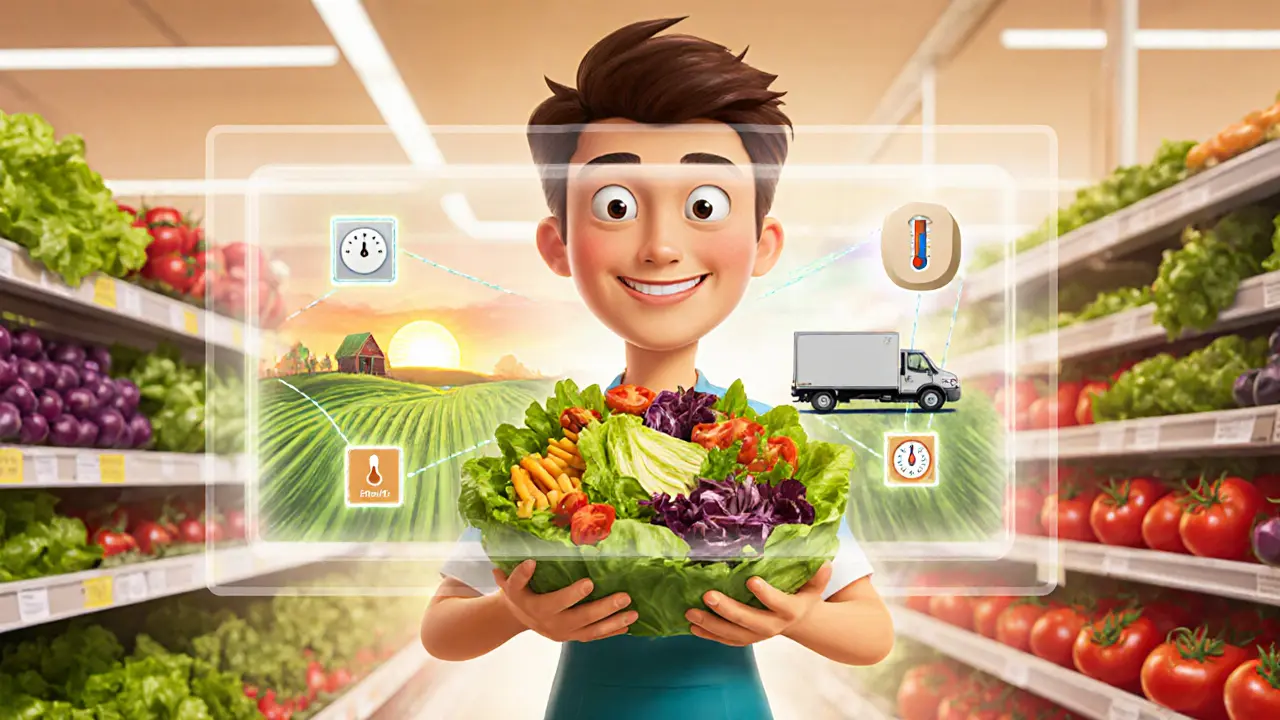GS1 standards: the backbone of modern product data
When you hear about GS1 standards, a set of global rules for identifying, capturing, and sharing product information. Also known as Global Standards 1, they make sure a barcode scanned in a supermarket in Tokyo means the same thing as one read in a warehouse in Chicago. GS1 standards aren’t just about codes; they enable seamless data flow across borders, industries, and technologies. Barcode, the most recognizable visual identifier on retail items is the classic example, while RFID, radio‑frequency tags that store data without needing line‑of‑sight pushes the concept into the IoT era. When you combine these identifiers with a supply chain, the network that moves goods from raw material to consumer, you get real‑time visibility, lower errors, and faster recalls. And today, innovators are layering blockchain, a decentralized ledger that guarantees data immutability on top of GS1 data to boost trust and automate contracts.
Why GS1 matters for every stakeholder
Manufacturers rely on GS1 to assign a unique Global Trade Item Number (GTIN) that never collides with another product, so inventory systems can talk to each other without confusion. Retailers use the same GTIN to pull price, description, and compliance info directly into point‑of‑sale software, cutting manual entry time. Distributors benefit from the standardized GDSN (Global Data Synchronization Network), which keeps every partner’s catalog in sync, reducing out‑of‑stock situations. Even logistics firms leverage RFID tags that embed GS1 EPC (Electronic Product Code) data, allowing automatic scan‑and‑go tracking in large warehouses. For developers, the clear schema means APIs can fetch product details instantly, while regulators can verify authenticity during customs checks. The ripple effect is a more efficient, transparent ecosystem where data silos shrink and errors drop.
With the surge of digital trade, the connection between GS1 standards and emerging tech grows stronger. Companies exploring blockchain for traceability often start by mapping GTINs to smart contracts, ensuring each tokenized asset carries a verifiable identifier. This blend lets consumers scan a QR code and see the entire product journey—from raw material sourced in Brazil to the shelf in Berlin—on an immutable record. The same principle fuels sustainable initiatives: by attaching carbon‑footprint data to a GS1‑based RFID tag, brands can prove eco‑claims without third‑party audits. As the marketplace leans into automated fulfillment, AI‑driven demand forecasts will pull directly from GS1‑standardized sales feeds, making predictions more accurate. In short, mastering GS1 standards today equips you to harness tomorrow’s tech stack.
Below, you’ll find a curated set of articles that dive deep into crypto coins, exchange reviews, staking earnings, tax rules, and more—each touching on data integrity, tokenomics, and the kind of standardization that GS1 champions. Whether you’re a trader curious about how token identifiers work, a developer looking at smart‑contract wallets, or just someone wanting to understand the broader impact of standards, these pieces will give you practical insights and actionable tips.
How Blockchain Improves Food Safety Traceability
Explore how blockchain transforms food safety traceability, the standards involved, real‑world case studies, step‑by‑step implementation, and future trends.
- 21
- Read More
